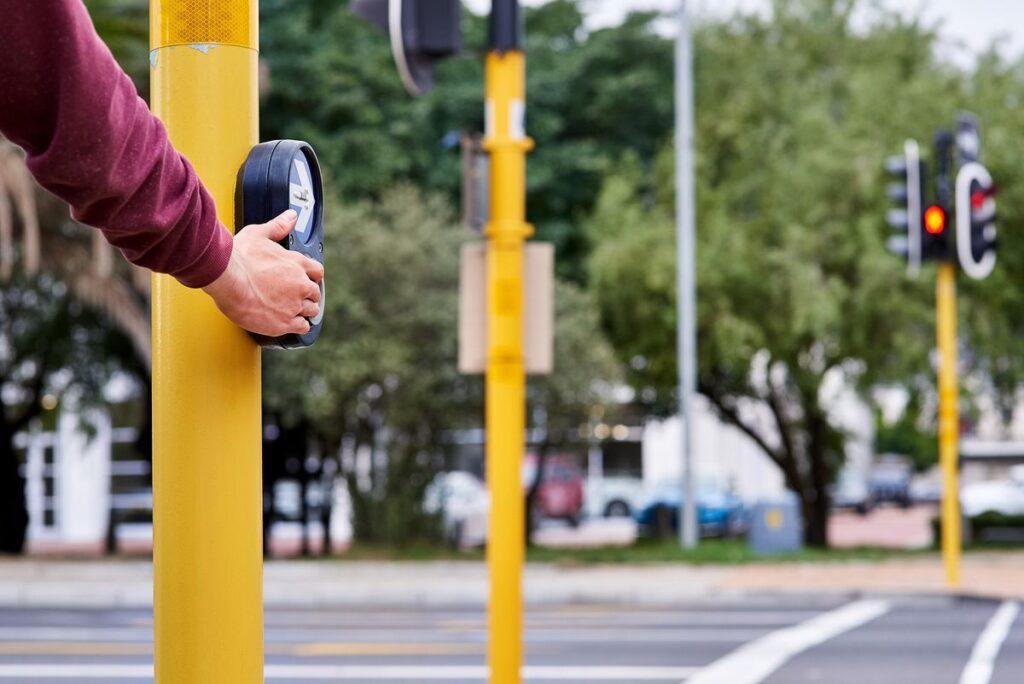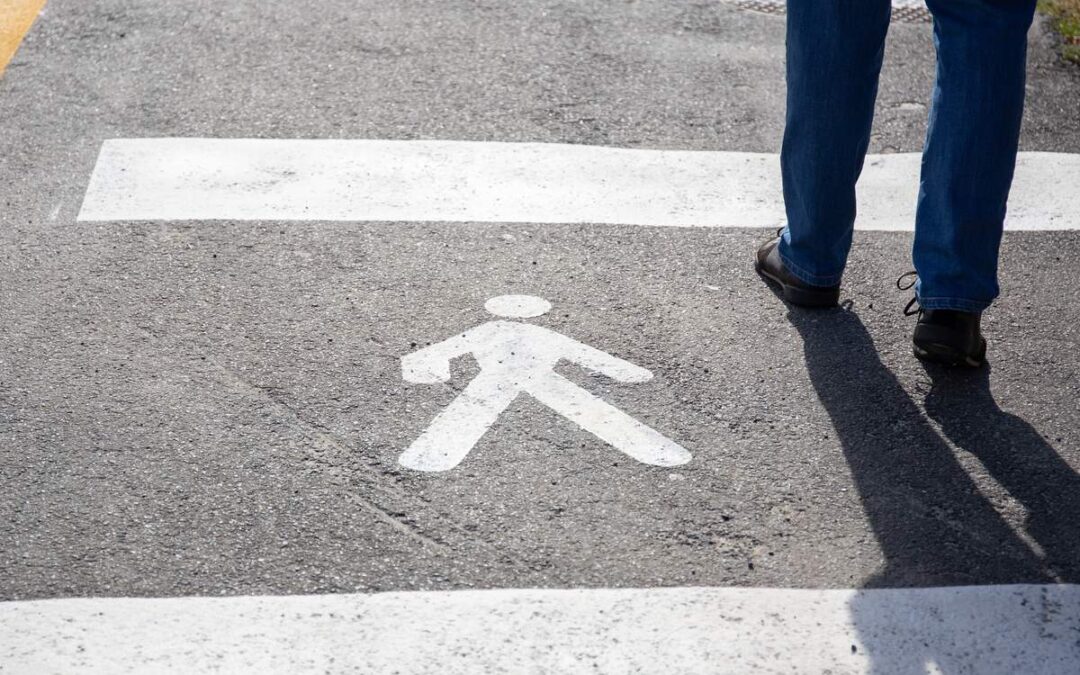Georgia, with its bustling cities and scenic countryside, has always been a haven for pedestrians. Whether it’s the busy streets of Atlanta or the serene pathways of Savannah, walking has been a preferred mode of transport for many. However, recent statistics paint a concerning picture. Pedestrian accidents in Georgia are on an upward trajectory. But what’s causing this spike, and how can it be curbed? Let’s delve into the details.
The Startling Statistics:
Georgia, with its bustling urban centers and scenic countryside, has always been a hub of activity. As cities expand and rural areas develop, the number of pedestrians on the roads has naturally increased. But with this growth has come a concerning trend. The Georgia Governor’s Office of Highway Safety has reported a marked rise in pedestrian accidents, and the numbers are more than just alarming; they’re a testament to a growing crisis.
A Closer Look at the Data:
- In 2019 alone, pedestrian fatalities in Georgia increased by a staggering 15% compared to the previous year.
- Urban areas, especially around Atlanta, have been the most affected. Busy intersections, congested streets, and limited pedestrian infrastructure contribute to the risk.
- Alarmingly, a significant portion of these accidents occurred in broad daylight, dispelling the myth that most pedestrian accidents happen only at night.
The Human Stories Behind the Numbers:
Behind every statistic is a human story. Each number represents someone’s parent, child, friend, or colleague. It’s a child who won’t return home from school, a mother who won’t make it back from the grocery store, or a friend who was just out for a morning jog.
- Personal accounts from families affected reveal the depth of the trauma. Many talk about the suddenness of the incident, how a routine walk turned tragic in a split second.
- Hospitals in Georgia have reported treating a higher number of pedestrian-related injuries, many of which result in long-term disabilities.
The Economic and Social Impact Of Pedestrian Accidents In Georgia:
The repercussions of these accidents extend beyond the immediate victims:
- The state’s healthcare system bears the brunt of treating and rehabilitating the injured.
- Families face not just emotional loss but also economic challenges, especially if the victim was a primary breadwinner.
- Communities are affected too. Schools, workplaces, and neighborhoods feel the void left behind by every lost life.
The Underlying Causes:
To tackle the problem head-on, we must first dissect its origins. Here’s a deeper look into the factors contributing to the rise in pedestrian accidents:
1. Distracted Driving
In today’s digital age, the allure of smartphones is undeniable. Quick glances at notifications, responding to a text, or even changing a song can divert a driver’s attention for crucial seconds. These moments of distraction can be deadly for unsuspecting pedestrians, especially at intersections or crosswalks.
2. Infrastructure Shortcomings
While Georgia boasts some modern cities, not all areas are equipped with pedestrian-centric designs. In many places, sidewalks abruptly end, forcing pedestrians onto the road. Crosswalks, where they exist, may be faded or situated in areas without adequate lighting, making it challenging for drivers to spot pedestrians, especially during nighttime or adverse weather conditions.
3. Surge in Road Traffic
The Peach State’s economic growth has been commendable. However, this prosperity has led to congested roads, with more cars, trucks, and buses jostling for space. More vehicles mean a higher likelihood of accidents, particularly in urban areas where pedestrians are abundant.
4. Impaired Driving Continues
Despite rigorous campaigns against drunk driving and the severe penalties in place, alcohol and drug-impaired drivers still plague Georgia’s roads. Their impaired judgment and slowed reaction times can be catastrophic for pedestrians, who often don’t have the protection of a vehicle to shield them from harm.
5. Speeding
In the hustle and bustle of life, many drivers are in a hurry, pushing their vehicles beyond speed limits. Residential areas, school zones, and places with high pedestrian traffic are especially vulnerable. Speeding reduces the driver’s reaction time and increases the severity of accidents when they occur.
6. Lack of Pedestrian Education
While drivers bear significant responsibility, pedestrians too need to be aware of best practices for road safety. Jaywalking, not using crosswalks, or being distracted while crossing can increase the risk of accidents.
The Impact on Victims:
Pedestrian accidents can be life-altering. Victims often face:
- Physical Injuries: From fractures to more severe injuries, the physical toll can be immense.
- Emotional Trauma: The psychological impact, including PTSD, can be as debilitating as physical injuries.
- Financial Strain: Medical bills, therapy costs, and lost wages can put victims and their families under significant financial stress.

Georgia’s Efforts to Combat the Trend Of Pedestrian Accidents:
The surge in pedestrian accidents has not gone unnoticed. Georgia’s authorities, communities, and organizations are taking concerted efforts to curb this alarming trend. Here’s a deeper look into the initiatives:
1. Awareness Campaigns:
- Targeted Messaging: The state’s campaigns are not generic. They’re tailored to address specific issues, such as the dangers of texting while driving or the importance of using crosswalks. By targeting the root causes of accidents, these campaigns aim for maximum impact.
- Engaging the Community: Local schools, businesses, and community centers are actively involved in spreading the message. Workshops, seminars, and interactive sessions are organized to educate the public.
- Utilizing Media: From billboards to radio spots, social media campaigns to local news segments, the message of pedestrian safety is being broadcasted far and wide. The idea is to keep the conversation ongoing and top-of-mind.
2. Infrastructure Upgrades:
- Pedestrian-First Design: Cities are being encouraged to adopt a pedestrian-first approach in urban planning. This means designing streets and neighborhoods that prioritize pedestrian safety and convenience.
- Installation of Safety Features: Beyond just better lighting, areas with high pedestrian traffic are seeing the installation of features like pedestrian islands, speed bumps, and advanced signal systems that give pedestrians a head start before vehicles move.
- Regular Audits: The state is conducting regular audits of high-risk areas. Based on these assessments, necessary modifications are made to ensure pedestrian safety.
3. Stricter Law Enforcement:
- Zero Tolerance: Law enforcement agencies have adopted a zero-tolerance policy towards offenses like DUI and texting while driving. This means stricter penalties and more frequent checks.
- Increased Patrols: High pedestrian traffic areas, especially during peak hours, are seeing an increased police presence. This acts as a deterrent for potential offenders.
- Public Reporting: The public is being encouraged to report dangerous driving behaviors. This community policing approach ensures that even if law enforcement doesn’t catch an offender in the act, they can still be held accountable.
- Educational Programs: Law enforcement agencies are collaborating with educational institutions to inform young drivers about the importance of safe driving habits, emphasizing the role they play in pedestrian safety.
What Can You Do?
As a resident of Georgia, you can play a pivotal role in reversing this trend:
- Stay Alert: Whether you’re driving or walking, always be aware of your surroundings.
- Advocate for Change: Join or support local groups pushing for better pedestrian infrastructure.
- Educate: Talk to family and friends about the importance of pedestrian safety.
Legal Recourse for Victims:
If you or a loved one has been a victim of a pedestrian accident in Georgia, it’s crucial to know your rights. Georgia law allows victims to seek compensation for their injuries, pain, and suffering. Consulting with a Georgia based personal injury attorney can provide clarity on the best course of action.
Conclusion:
The rise in pedestrian accidents in Georgia is a pressing concern. While the state is taking measures to address the issue, it’s a collective responsibility. By staying informed, advocating for better infrastructure, and practicing safety, we can hope for a future where the streets of Georgia are safe for everyone.

